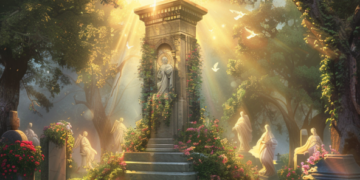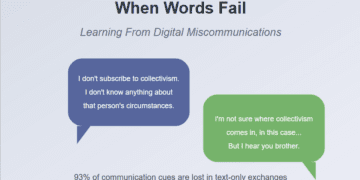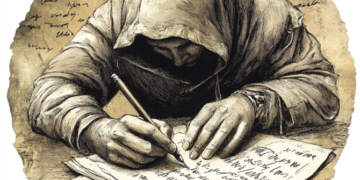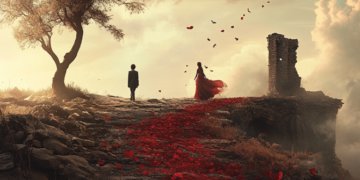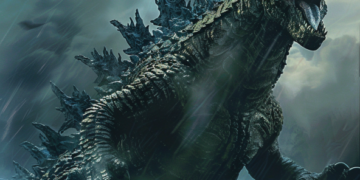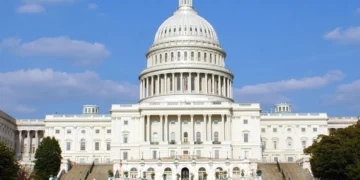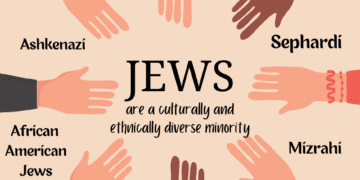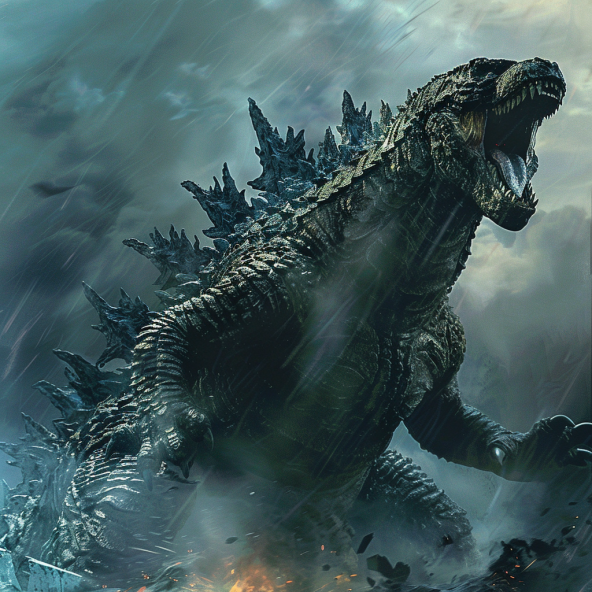Godzilla. The name itself evokes awe, destruction, and a strange sense of wonder. This nuclear-powered leviathan has stomped across our screens for over 60 years, evolving from a terrifying allegory for atomic warfare to a complex, multifaceted creature that embodies the very essence of nature’s power. But Godzilla is more than just a movie monster; it’s a cultural phenomenon that has spawned a passionate global fandom.
For many of us, Godzilla’s roar is a reminder of childhood afternoons spent glued to the TV, eyes wide with a mixture of fear and fascination. It’s a shared experience that transcends generations, a powerful bond that connects fathers and sons, mothers and daughters, through the epic clashes of this giant reptilian king.
In this blog post, we’ll delve into the rich tapestry of the Godzilla franchise, exploring its history, the evolution of the character, and the reasons behind its enduring popularity. We’ll also celebrate the incredible Godzilla fandom, a community united by their love for the King of the Monsters.
A Nuclear Birth: Godzilla in 1954
Godzilla’s story begins in 1954, a mere nine years after the atomic bombings of Hiroshima and Nagasaki. Post-war Japan was a nation grappling with the horrors of nuclear weapons and the anxieties of a new atomic age. Godzilla, directed by Ishiro Honda, emerged from this climate of fear and uncertainty.
“Godzilla is a metaphor for Hiroshima. Godzilla is the wrathful spirit of the earth.”
– Takashi Murakami
The film introduced us to a colossal dinosaur awakened by nuclear testing, a walking embodiment of the destructive power humanity had unleashed. Godzilla’s rampage through Tokyo mirrored the devastation of the atomic bombs, serving as a stark warning against nuclear proliferation.
The film resonated deeply with Japanese audiences, becoming a massive box office success. Godzilla wasn’t just a monster; it was a symbol of humanity’s folly, a force of nature awakened by our own actions.
From Destroyer to Defender: The Evolution of Godzilla
While the original Godzilla was a terrifying force of nature, the character’s portrayal has undergone a fascinating evolution throughout the franchise’s history. In subsequent films, Godzilla’s role became more nuanced. Sometimes he was a destructive menace, laying waste to cities. Other times, he emerged as a protector, battling even greater threats like alien invaders or rival monsters such as King Ghidorah and Mechagodzilla.
This shift reflected a changing cultural landscape. As the Cold War escalated, the fear of nuclear annihilation became ever-present. Godzilla films of the 60s and 70s often pitted the King of the Monsters against these Cold War anxieties, with Godzilla himself sometimes positioned as a necessary evil to combat even greater threats.
By the 1990s, environmental concerns rose to the forefront. Godzilla films began to portray the monster as a guardian of nature, a force fighting to maintain balance on a planet increasingly ravaged by human actions. This theme became even more pronounced in the recent Hollywood reboots, with Godzilla depicted as an apex predator, a natural counterbalance to the destructive forces humanity unleashes upon the environment.
The Fandom: Devotion Beyond Borders
Global Fanbase
The Godzilla fandom transcends geographical boundaries, uniting fans of all ages and backgrounds under its colossal umbrella. From Japan to Hollywood, enthusiasts passionately celebrate the legacy of this iconic kaiju.
Generational Bonding
For many fans, Godzilla holds a special place in their hearts, symbolizing cherished memories and familial bonds. Like myself, who fondly remembers watching Godzilla films with my father, passing down the tradition to my own son fills me with nostalgia and joy.
Godzilla Through the Ages: Evolution of a Titan
Evolution of Design
Over the decades, Godzilla’s appearance has undergone several transformations, reflecting advancements in special effects and cinematic technology. From the rubber-suited creature of the Showa era to the CGI-enhanced behemoth of modern blockbusters, each iteration has left a distinct imprint on the franchise’s visual legacy.
Cinematic Universe
The Godzilla franchise has expanded into a sprawling cinematic universe, featuring epic showdowns with iconic foes such as King Ghidorah, Mothra, and Mechagodzilla. With each new installment, the mythology surrounding Godzilla continues to evolve, captivating audiences with its epic scope and grandeur.
Legacy and Influence: Godzilla’s Enduring Legacy
Cultural Icon
Godzilla’s cultural impact extends far beyond the realm of cinema, permeating various facets of popular culture. From literature and art to music and fashion, the monster’s formidable presence looms large, inspiring countless works of creativity and imagination.
Environmental Allegory
In addition to its entertainment value, Godzilla also serves as a poignant allegory for environmental conservation and nuclear proliferation. The monster’s origins as a product of atomic radiation serve as a stark reminder of humanity’s capacity for destruction, urging us to confront pressing issues facing our planet.
The Future of Godzilla: A Legacy That Endures
Godzilla’s legacy is undeniable. The franchise has spawned over 30 films, countless video games, comics, and merchandise. Godzilla has become a pop-culture icon, referenced in everything from music videos to advertising campaigns.
Looking ahead, the future of Godzilla appears bright. The recent Monsterverse films from Legendary Pictures have breathed new life into the franchise, introducing Godzilla to a whole new generation of fans. With the new film, Godzilla x Kong: The New Empire, in theaters now, it’s clear that Godzilla’s reign is far from over.
As long as there are stories to be told about humanity’s impact on the planet, about the delicate balance between civilization and wilderness, Godzilla will continue to reign supreme. The King of the Monsters serves as a reminder of the awesome power of nature, a cautionary tale about the consequences of unchecked ambition, and a symbol of hope for a future where humanity and nature can coexist in harmony.
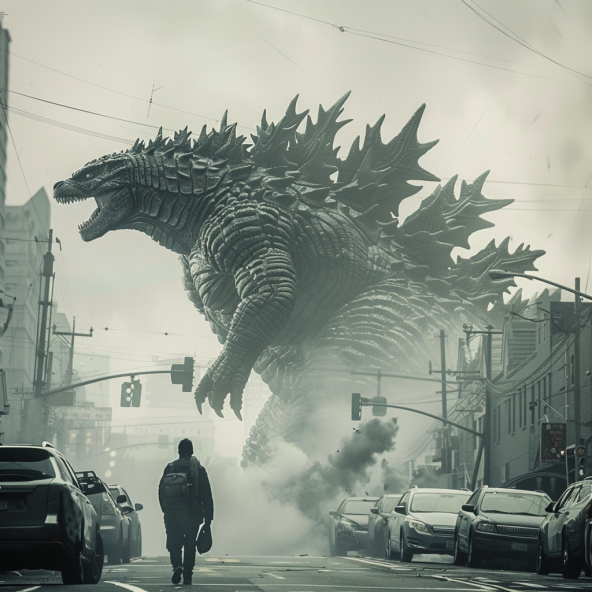
Join us as we celebrate the enduring legacy of Godzilla and explore the boundless creativity and passion of its devoted fanbase. From its humble origins to its status as a global cultural phenomenon, Godzilla’s journey is a testament to the enduring power of storytelling and the universal appeal of larger-than-life monsters. So, grab some popcorn, dim the lights, and immerse yourself in the awe-inspiring world of the king of monsters!
Thank you for reading! If you enjoyed this post, feel free to share it with your fellow Godzilla enthusiasts.
External Links:
For more media content, check out my other post The Allure of True Crime Stories.




